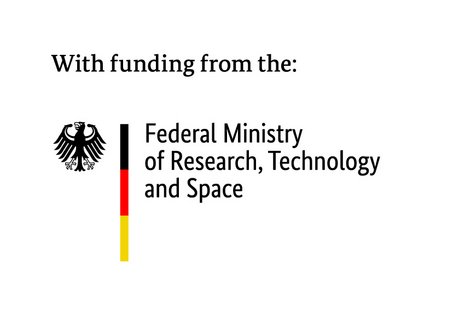
Development of Sustainable Gas Diffusion Electrodes for Electrochemical CO2 Reduction
The chemical industry is still responsible for a large proportion of anthropogenic greenhouse gas emissions. In order to lead the industry towards climate neutrality in the future, a substitution of fossil raw material sources is necessary. However, this substitution must not take place under the premise of doing without carbon-containing raw materials. Products containing carbon will continue to be important in the future. In order to enable the continued use of carbon-containing substances in the chemical industry, the introduction of a carbon cycle is essential. One method of enabling this carbon cycle is the electrochemical reduction of CO2.
An important component of CO2 electrolysis is the gas diffusion electrode (GDE). In electrolysis, the GDE acts both as a cathode and as a separator between the catholyte and gas space. One component in addition to the catalyst is polytetrafluoroethylene (PTFE). PTFE is used to stabilize the electrode and at the same time ensures hydrophobicity, which prevents the GDE from flooding and maintains pathways for CO2. However, PTFE is one of the environmentally harmful polyfluorinated alkyl substances (PFAS). PFAS are very stable persistent chemicals that do not degrade due to their stability and therefore accumulate in nature. Increased concentrations of these PFAS are also increasingly being found in the human body. This has harmful consequences for human health, especially for the embryo or fetus in the womb. These properties of PFAS have prompted the European Union to ban the use of PFAS. In the DisCO2very project, sustainable, fluorine-free gas diffusion electrodes with various catalysts are being developed and characterized with the aim of developing industrially applicable GDEs without PTFE.
The working group at the ICVT deals with the electrochemical and physical characterization of GDEs using alternative binders. In particular, the pore system and the performance in CO2 electrolysis are investigated. In addition, the hydrophobicity of the GDEs during operation of the CO2 electrolysis is investigated. The data obtained from the various sub-projects will also be used to develop a mathematical model to describe the processes within the GDE.

Contact
Phone: +49 5323 72-3283
E-Mail: brands@icvt.tu-clausthal.de
Address
Building C15, Room 018
Leibnizstr. 15
38678 Clausthal-Zellerfeld